Builders Abeking & Rasmussen Displacement 160 t (max) | Type Minesweeper Length 41.1 m (134 ft 10 in) | |
 | ||
Name Räumboote or Minenräumboote | ||
The R boats (Räumboote in German) were a group of small naval vessels built as minesweepers for the Kriegsmarine (German navy) before and during the Second World War. They were used for several purposes during the war, and were also used post-war by the German Mine Sweeping Administration for clearing naval mines.
Contents
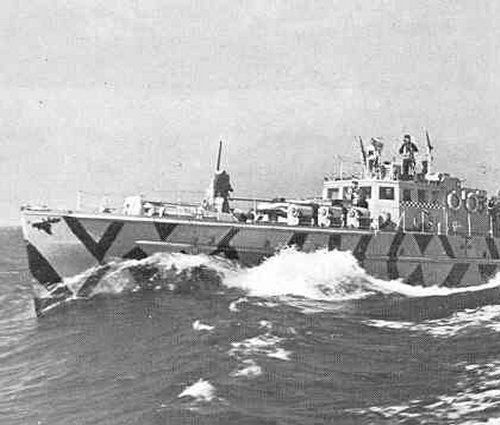
Operational use
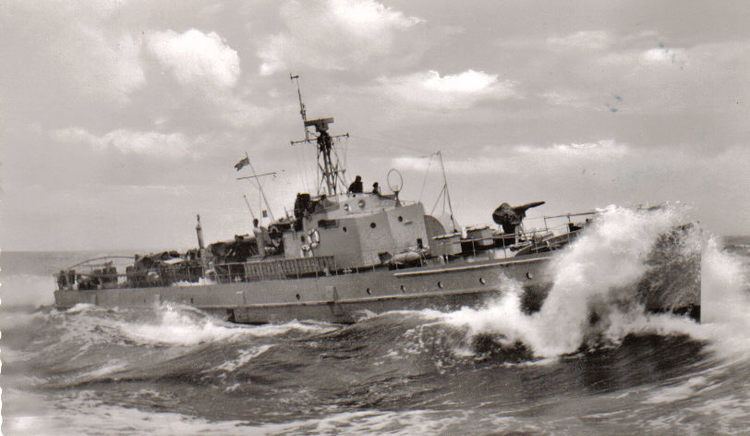
A total of 424 boats were built for the Kriegsmarine before and during World War II. The German Navy used them in every theatre including the Baltic, Mediterranean and the Black Sea. In addition to its designed use as minesweepers, these boats were used for convoy escort, coastal patrol, minelaying and air-sea rescue.
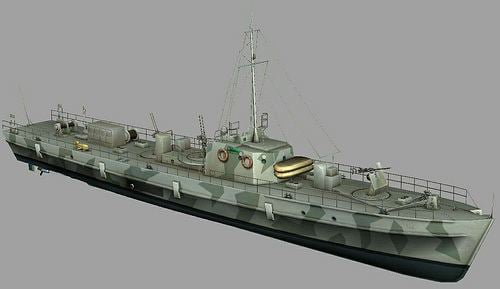
About 140 R boats survived the war and these were distributed amongst the Allies. Some were used by the German Mine Sweeping Administration (GMSA) to clear western Europe of naval mines. Twenty-four boats were transferred back to the post-war German Navy, the Bundesmarine, in 1956 and were used until the late 1960s. An unusual feature of these ships is the use of Voith Schneider Propellers on approximately one quarter of the boats for extra maneuverability.
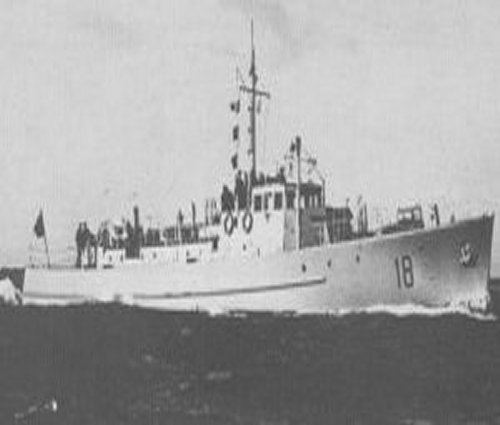
Additionally, dozens of captured vessels from France, United Kingdom, the Netherlands and Italy were used as foreign R-boats (R-boote Ausland) and were designated with RA-, RH- and RD- prefixes. A further 8 coastal motor fishing boats were designated as auxiliary R-boats and named R111-R118 in the 11th R-boat flotilla.
R boat units
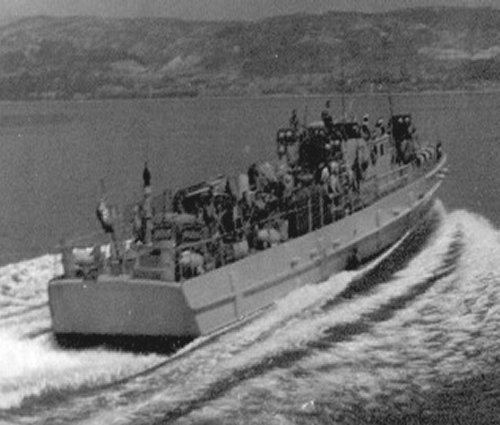
In the inter-war years and during the Second World War, a total of 19 Räumboots-Flottille (German for “Minesweeper Flotillas”) were created. While most were dissolved late in the war or after the German surrender, a few were kept for use by the German Mine Sweeping Administration (GMSA) and dissolved post-war. An additional flotilla was created in the immediate post-war, also for use by the GMSA.
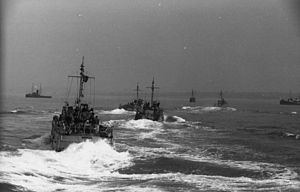
Established in October 1937, with boats: R 17, R 18, R 19, R 20, R 21, R 22, R 23, R 24.
Established in November 1938, with boats: R 25, R 26, R 27, R 28, R 29, R 29, R 30, R 31, R 32.
Established in 1939 at Pillau, with boats: R 33, R 34, R 35, R 36, R 37, R 38, R 39, R 40.
Established in April 1940, with boats: R 41, R 42, R 43, R 44, R 45, R 46, R 47, R 48, R 49, R 50, R 51, R 52.
Established in August 1939, with boats: R 1, R 3, R 4, R 5, R 6, R 7, R 8, R 9, R 10, R 11, R 12, R 13.
Established in July 1941 at Cuxhaven, with boats: R 9, R 10, R 11, R 12, R 13, R 14, R 15, R 16.
Established in October 1940, with boats: R 151, R 152, R 153, R 154, R 155, R 156, R 157, R 158, R 159, R 160, R 161, R 162.
Established in January 1942, with boats: R 92, R 93, R 94, R 95, R 96, R 97, R 98, R 99, R 100, R 101.
Established in May–June 1942 at Rotterdam.
Established in February–March 1942 at Cuxhaven
Established in September 1939, with 8 fishing trawlers and 1 escort ship. In October 1940, was renamed 7th Minesweeper Flotilla and assigned purpose-built R-boats.
Established in May 1942 at Bruges; then moved into the Mediterranean. Dissolved in February 1945.
Established on 15 November 1943; used in the German Bight. In 1957, the flotilla was transferred to the new German Navy (Bundesmarine) from the German Mine Sweeping Administration.
Established in December 1943; used in the English Channel. After the invasion of France in June 1944 was used in the German Bight and the Baltic Sea.
Established on 1 July 1944; used in the Baltic Sea, including Finnish waters. Disbanded after the German surrender.
Established in October 1944, main base Haugesund, Norway. Dissolved on 25 November 1947.
Established in July 1944 with school and training boats; initially named Räumbootsflottille zbV, and used in the Baltic Sea. Dissolved late 1947.
Established in July 1943. The flotilla consisted of 12 large escort minesweepers (Geleit-Räumbooten) based at Bergen, Norway. Dissolved early 1946.
Established in the summer of 1945 at Denmark with boats from various flotillas, for the German Mine Sweeping Administration. Dissolved early 1946.
Established in June 1943 with small Dutch minesweepers and moved into the Black Sea. Dissolved in August 1944.
